Struggling with bulk water bottle orders that don't meet expectations? Poor quality can hurt your brand and profits. Discover key pitfalls to ensure your next order is a success.
The biggest pitfall when buying insulated water bottles in bulk is focusing only on the lowest unit price. This often leads to ignoring crucial quality factors like material grade, insulation performance, and lid durability, which ultimately impacts your business negatively.
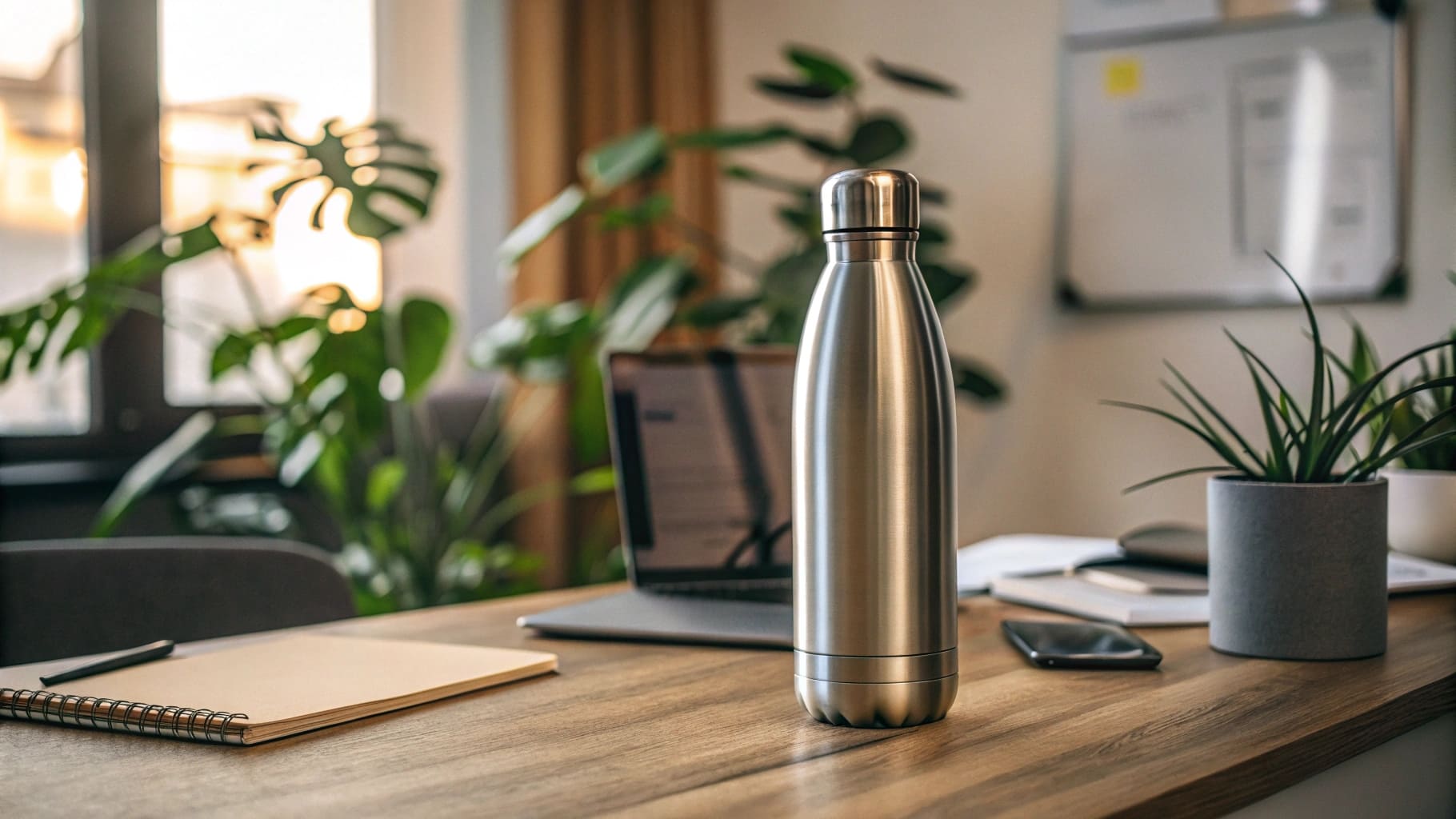
As a B2B buyer, like Mark Shenng from Canada, you know the importance of getting value. But sometimes, the focus on price can lead us down the wrong path. Let's look at some common mistakes and how to avoid them to protect your investment and reputation. It's not just about the bottle; it's about your brand, and I want to help you make the best choices.
What to Avoid When Buying a Water Bottle, Especially in Bulk?
Worried about hidden problems in your bulk water bottle shipment? Substandard bottles can tarnish your brand image fast. Learn what to watch out for before you place that big order.
When buying water bottles in bulk, avoid unverified suppliers and poor-quality materials like non-food-grade steel. Also, steer clear of ineffective insulation, easily breakable lids, and suppliers with poor communication or a history of missed deadlines.

When I talk to clients like Mark, who sources bottles for rebranding in Canada, a major concern is avoiding bad products. It’s not just about getting a bad batch. It's also about the time lost and the potential damage to their brand. So, what specific things should you actively avoid?
Key Areas to Scrutinize
- Material Grade Problems:
- Some suppliers might offer a very low price. They do this by using 201 stainless steel instead of the food-grade 304 (18/8) or 316. 201 steel is cheaper. But it's more likely to rust. It is not ideal for food contact products.
- You should always ask for material certifications1. Consider third-party testing for large orders.
- Poor Insulation Technology:
- The "insulated" claim can be misleading. True vacuum insulation2 is very important. Bottles with poor vacuum seals or bad construction won't keep drinks hot or cold for long.
- You should ask for performance test results. For example, temperature retention over 12 or 24 hours. Ask for samples to test yourself.
- Lid and Seal Quality:
- Leaky lids or lids that break easily are common complaints. This often happens because of cheap plastic or poorly designed seals.
- You should inspect lid construction and material. Ask about the type of seal, like the quality of silicone. Test sample lids very carefully.
Here's a quick comparison:
| Feature | What to Avoid | What to Look For |
|---|---|---|
| Steel Grade | Vague specs, 201 stainless steel | Clear specs, 304 or 316 stainless steel |
| Insulation | "Insulated" claim without proof, poor seal | Vacuum insulated, temperature test data |
| Lids | Cheap plastic, flimsy seals, known to leak | Durable materials, quality silicone seals |
| Supplier | Poor communication, no certifications | Transparent, certified, responsive |
Avoiding these issues means you're not just buying a product. You're investing in something reliable. For procurement officers, especially those who, like Mark, understand sales but don't have deep technical knowledge, being careful here is very important.
What is the Biggest Issue Associated with Water Bottles When Sourcing in Bulk?
Tired of quality issues ruining your bulk water bottle orders? Inconsistent quality can lead to customer complaints and lost sales. Pinpoint the biggest issue to protect your business reputation.
The biggest issue with water bottles, especially in bulk, is inconsistent quality. This happens when suppliers cut corners on materials, manufacturing processes, or quality control. This is often because of pressure to offer the lowest unit price.
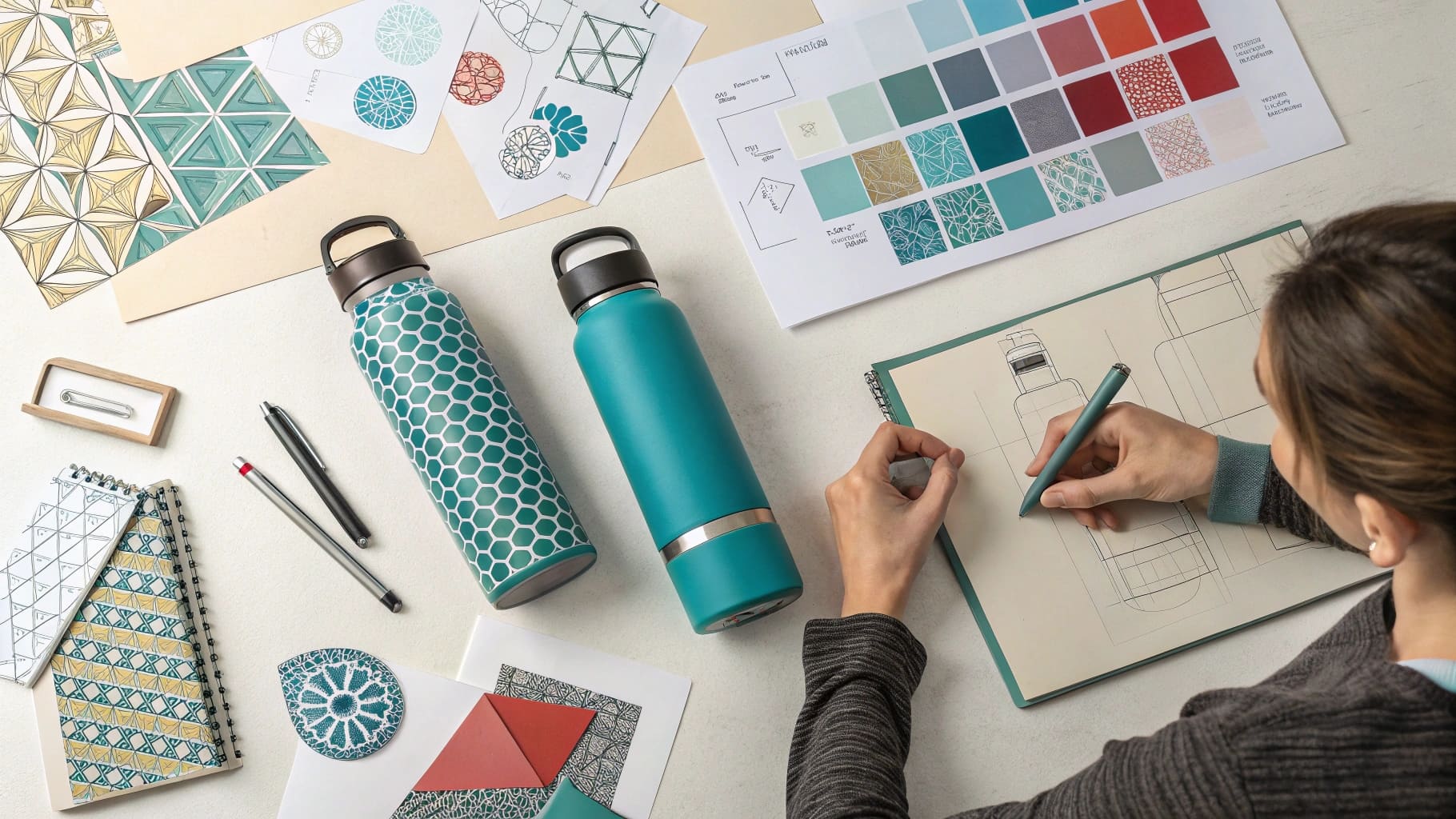
From my experience here at Icobottle, dealing with clients all over the world, the single biggest headache when sourcing water bottles in bulk is inconsistent quality. This isn't just one single thing. It's a group of problems that can happen when the price becomes the only focus. Think about it. A procurement officer in a large company or a startup boss, like many I work with, needs products they can rely on.
Understanding the Roots of Inconsistent Quality
- The "Race to the Bottom" on Price:
- When buyers push too hard for lower prices, some suppliers might be tempted to compromise. This could mean using slightly thinner steel. Or they might use less effective vacuuming techniques. Or they might use cheaper paint finishes that chip easily. I've seen cases where a sample is perfect. But the bulk order shows differences. This is a big warning sign.
- Lax Quality Control (QC) Processes:
- A supplier might not have strong QC checks at every stage of production. This can lead to a higher number of faulty items in the final shipment. For buyers like Mark, who is very sensitive to quality, this is a major concern. He cannot afford to receive a shipment where 10-20% of items are no good.
- Sub-supplier Variability:
- Sometimes, factories get components like lids from other companies. Or they might outsource processes like polishing. If these sub-suppliers don't keep up standards, the final product quality will suffer.
Here’s how this usually shows up:
| Issue Symptom | Potential Root Cause | Impact on Buyer |
|---|---|---|
| Leaking Lids | Poor mold quality, inferior seal material | Customer complaints, returns, brand damage |
| Poor Temperature Retention | Ineffective vacuum seal, low-grade insulation layer | Product fails to meet expectations |
| Rust Spots (on SS) | Use of 201 steel instead of 304/316 | Safety concerns, product recalls |
| Inconsistent Color/Finish | Unstable coating process, cheaper paint | Unprofessional appearance, devalues brand |
Mark once told me about a shipment. The color consistency across a batch of 5,000 bottles was very poor. This created huge problems for his rebranding work. The main reason? The supplier changed paint batches in the middle of production without proper checks. This shows why focusing only on the FOB price can be a very expensive mistake.
Why Are Insulated Water Bottles So Expensive, or Seemingly So?
Wondering why good insulated bottles cost more than basic ones? The price reflects complex manufacturing and quality materials. Understand the value behind the price of truly effective insulation.
Quality insulated water bottles are more expensive because they use food-grade stainless steel like 304 or 316. They also have double-wall vacuum insulation3 technology, durable construction, and careful quality control. These factors ensure good performance and safety.
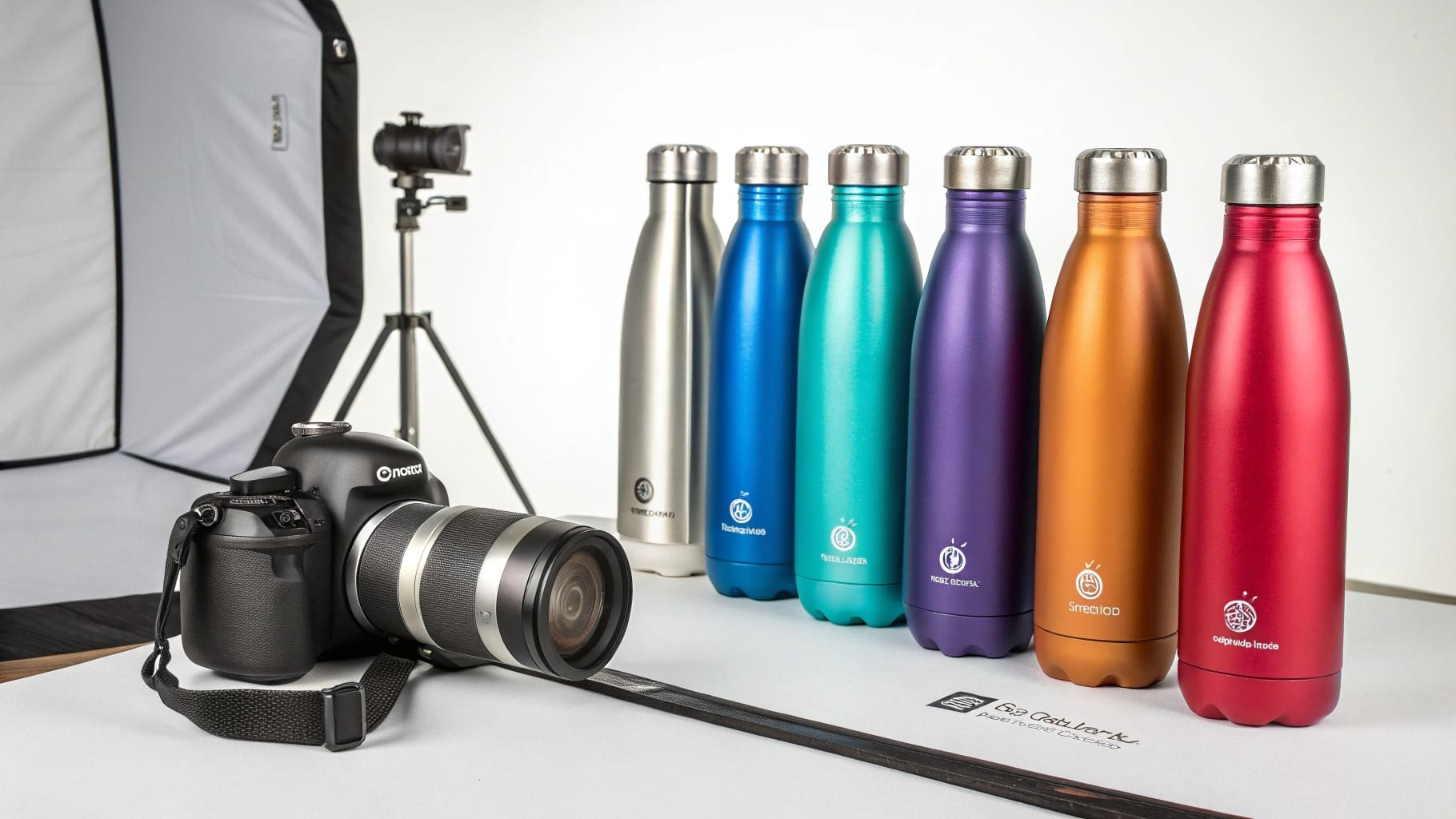
It's a common question I get: "Aries, why do these insulated bottles cost X, when I can find something that looks similar for Y?" The answer is in what you can't always see. It's about the materials, the process, and the guarantee of quality. For someone like Mark, who needs good prices but is also very careful about quality, understanding this cost breakdown is very important.
Breaking Down the Cost of Quality Insulation
- Material Matters: Stainless Steel Grade:
- Food-Grade Steel (304/18-8 or 316): This is essential for safety and durability. It costs more than lower grades like 201 steel. Some low-cost bottles might use 201 steel. 201 steel can rust. It is not ideal for contact with drinks.
- Wall Thickness: Thicker steel walls make the bottle more durable. But they also increase material cost.
- The Magic of Vacuum Insulation:
- Double-Wall Construction: Creating two walls of steel with a vacuum in between is a careful process.
- Vacuuming Process: Getting and keeping a proper vacuum is critical for insulation performance. This needs special machines and quality control. This ensures the vacuum seal is perfect and lasts. Any compromise here means the bottle won't keep temperatures well.
- Lid Technology and Other Components:
- A well-designed, leak-proof, and durable lid adds to the cost. Lids are often made with BPA-free plastics and silicone seals. Cheaper lids can break, leak, or use unsafe materials.
- Manufacturing Precision and QC:
- Cutting, shaping, welding, polishing, and coating stainless steel needs skill and good machinery. Consistent quality across thousands of units requires strong Quality Control4 at each step. This adds to labor and operational costs. For example, ensuring a perfect, durable powder coating or a flawless polished finish isn't cheap.
Think of it this way:
| Cost Factor | Low-Quality Bottle Compromise | High-Quality Bottle Investment |
|---|---|---|
| Steel | 201 steel, thinner walls | 304/316 steel, optimal thickness |
| Insulation | Poor/no vacuum, air pockets | True double-wall vacuum |
| Lid | Cheap plastic, weak seal | Durable, BPA-free, leak-proof design |
| Manufacturing & QC | Minimal checks, high defect rate | Multiple QC points, skilled labor |
So, when you see a higher price, you're often paying for the assurance that the bottle will work as advertised. It will be safe to use. And it will last longer. For B2B buyers, this means fewer returns, happier customers, and a stronger brand.
What to Check When Buying a Water Bottle in Bulk for Your Business?
Overwhelmed by what to verify for your bulk water bottle order? Missing key checks can lead to costly quality disasters. Get a clear checklist to ensure your next purchase is perfect.
When buying water bottles in bulk, check material certifications (e.g., for 304/316 steel). Look at insulation performance data. Check lid quality and seal. Examine the supplier's QC processes, production lead times, and compliance certifications (e.g., FDA, LFGB).
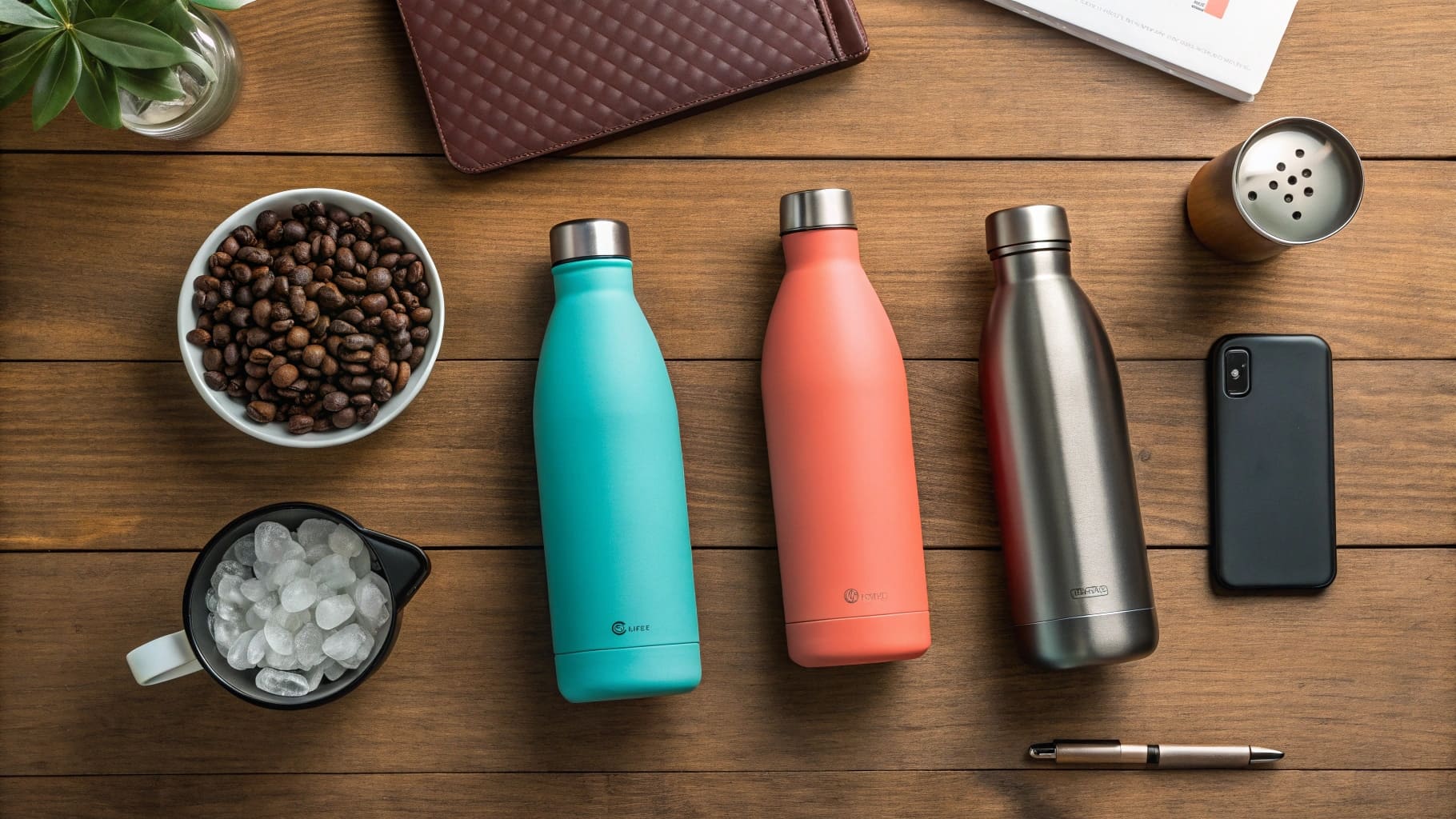
For procurement officers like Mark, who need to ensure every bulk purchase meets specific standards, having a checklist is essential. It's not just about the product itself. It's about the entire sourcing process. After years in this business at Icobottle, I've learned that careful checks prevent most headaches.
Essential Checklist for Bulk Water Bottle Purchases:
- Supplier Vetting:
- Credentials & Reputation: Check their business licenses. Look at their export experience. Find online reviews or references. For buyers like Mark who use Google, a supplier's online presence and history are important.
- Communication: Are they responsive? Is their communication clear and professional? This was a pain point for Mark with previous suppliers. Good communication is key.
- Factory Audit (Optional but Recommended for Large Orders): If possible, do an audit or hire someone to do it. This helps verify their manufacturing abilities and QC systems.
- Product Specifications Verification:
- Material Grade: Demand certificates for stainless steel (e.g., 304 or 18/8). Make sure to specify this in your Purchase Order.
- Insulation Performance: Ask for test data. For example, "keeps cold for 24 hours, hot for 12 hours." It's even better to test samples yourself.
- Lid Construction & Seal: Check materials. Are they BPA-free? Is the design leak-proof? Is it durable?
- Capacity & Dimensions: Ensure they match your requirements exactly.
- Finishing & Customization: If you need custom logos or colors, verify the printing or coating method. Check its durability.
- Quality Control and Compliance:
- QC Processes: Understand the supplier's internal QC measures. What checks do they perform during and after production?
- Certifications: Ask for relevant compliance certificates (e.g., FDA, LFGB, BPA-free). Mark's experience with occasional certificate fraud means verifying these is very important. Ask for test reports from trusted labs.
- Pre-Shipment Inspection (PSI): Think about arranging a PSI by a third party. This is especially true for new suppliers or large value orders.
- Logistics and Terms:
- Lead Time: Get a firm production and delivery schedule. Mark's problem of delayed shipments missing peak sales seasons is common. This needs to be clear.
- Payment Terms: Understand and agree on payment methods and terms clearly.
- Packaging: Specify your packaging requirements. This helps prevent damage during shipping.
Here's a table summarizing key checks:
| Category | Key Checks | Why It's Important For Mark |
|---|---|---|
| Supplier | Reputation, Communication, Audit (opt.) | Avoids fraud, ensures smooth process, verifies capability |
| Product | Steel Grade, Insulation, Lid, Capacity, Finish | Ensures quality, performance, and meets market expectations |
| QC/Compliance | Supplier QC, Certifications (FDA/LFGB), PSI (opt.) | Prevents defects, ensures safety, avoids legal/customs issues |
| Logistics | Lead Time, Payment, Packaging | Avoids missed sales seasons, financial clarity, product integrity |
Being thorough here protects your investment. It also protects your brand's reputation. It’s about building a supply chain you can count on.
What is the Controversy with Water Bottles, Particularly Stainless Steel Ones?
Concerned about hidden issues or ethical problems with water bottles? Misleading claims and poor quality can damage trust. Uncover common controversies to make informed purchasing decisions.
Controversies with stainless steel water bottles often involve misleading claims about insulation. They can also involve using lower-grade steel (e.g., 201) instead of food-grade (304/316) steel. Other issues include potential for lead in sealing dots and unproven eco-friendly claims.
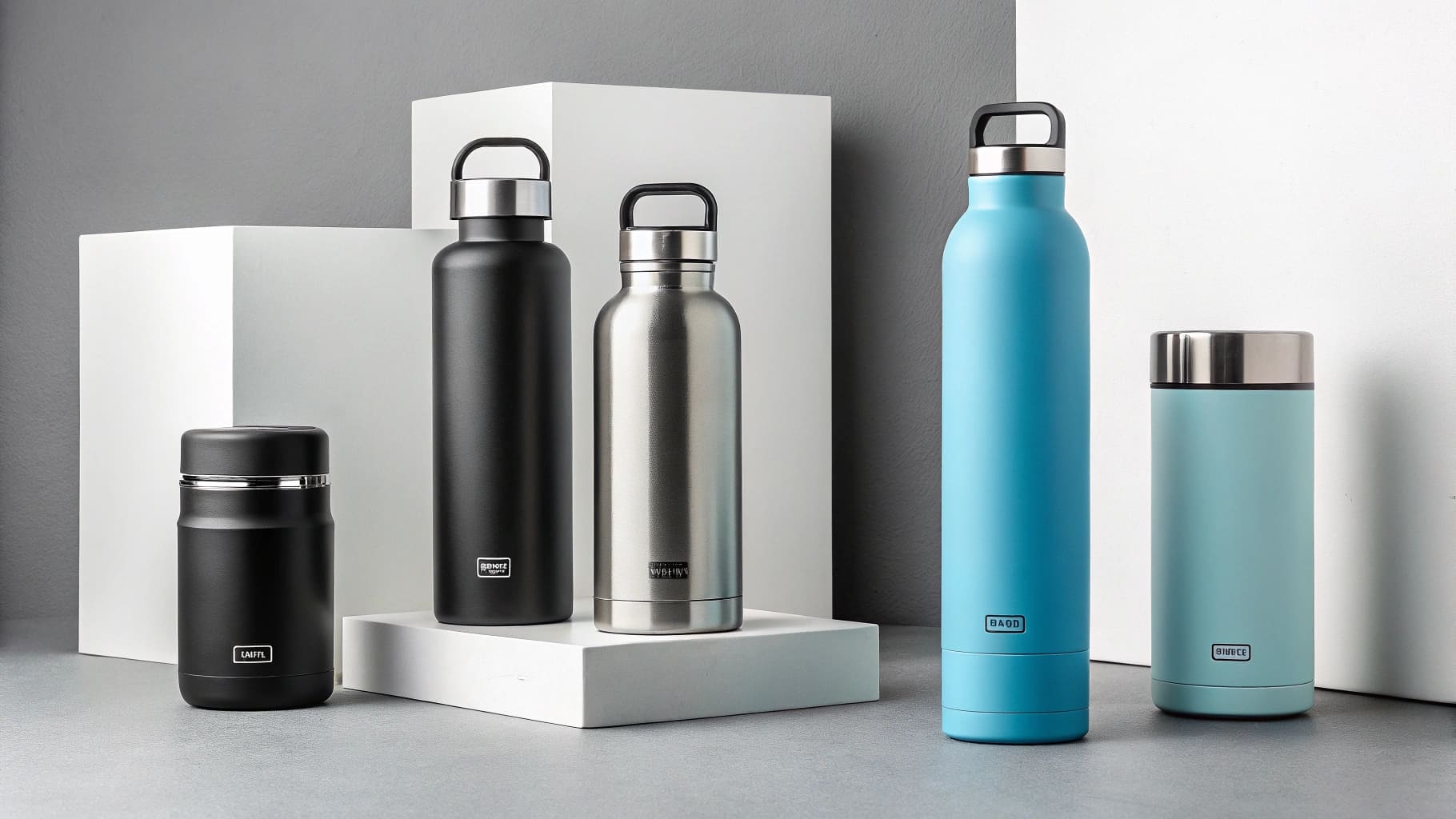
When we talk about "controversy" with stainless steel water bottles, it's usually not about the product concept itself. Most people see reusable bottles as a good alternative to plastic. Instead, the issues come from specific practices by some manufacturers or sellers. These are things that buyers like Mark, who want quality and ethical sourcing, need to know about.
Common Points of Contention:
- Material Misrepresentation (The 201 vs. 304/316 Steel Issue):
- The Issue: This is a big one. Some manufacturers cut costs. They use 201 stainless steel for the inner wall, or even the whole bottle. But they market it as if it's the higher quality, food-grade 304 (18/8) or 316.
- Why it's a Problem: 201 steel has lower corrosion resistance. It can rust. This could leach unwanted metals into the drink. It's not generally considered food-safe for long contact. This is a big quality and safety concern. As I said before, this is a direct problem linked to chasing the lowest price.
- Lead in Sealing Dots:
- The Issue: In the past, some vacuum-insulated bottles used a sealing solder pellet that contained lead. This was on the exterior base. It was usually covered by a cap or paint. If this cover gets damaged, lead exposure is possible, though not directly to the drink inside.
- Current Status: Good manufacturers have moved to lead-free sealing methods. However, very cheap, unverified bottles might still have this risk. It's very important to ask suppliers about their sealing process and lead content testing.
- Exaggerated Insulation Claims:
- The Issue: Some bottles are marketed with unrealistic insulation times. For example, "keeps cold for 72 hours!" But they can't actually achieve this.
- Why it's a Problem: This is false advertising. It reduces consumer trust. It shows why testing samples is important.
- "Greenwashing":
- The Issue: Reusable bottles are better than single-use plastic. But some brands make big environmental claims. These claims might not have enough support regarding their manufacturing processes or overall lifecycle impact.
- Why it's a Problem: This misleads eco-conscious consumers. It can damage brand credibility if people find out.
For a B2B buyer, these controversies show the need for careful checks:
| Controversy Type | Risk for Buyer | Mitigation Strategy |
|---|---|---|
| Material Misrepresentation | Product recall, safety issues, brand damage | Material certs, third-party testing |
| Lead in Sealing Dots | Safety concerns, regulatory non-compliance | Inquire about lead-free seals, test reports |
| Exaggerated Performance | Customer dissatisfaction, returns | Request test data, sample testing |
| Greenwashing | Reputational damage, misleading consumers | Scrutinize claims, focus on product quality |
Dealing with these potential issues is key to sourcing responsibly. It also protects your business. This is something Mark always puts first.
Conclusion
Avoid pitfalls by verifying materials, insulation, and supplier credibility. Prioritize quality over the absolute lowest price for long-term success with your insulated water bottle orders.
-
Discover the significance of material certifications to ensure safety and quality in your bulk water bottle purchases. ↩
-
Learn about vacuum insulation to ensure your water bottles maintain temperature effectively, enhancing customer satisfaction. ↩
-
Exploring double-wall vacuum insulation reveals how it keeps your drinks at the right temperature, enhancing your hydration experience. ↩
-
Learning about Quality Control in bottle manufacturing highlights the importance of durability and performance, ensuring you make a wise purchase. ↩

